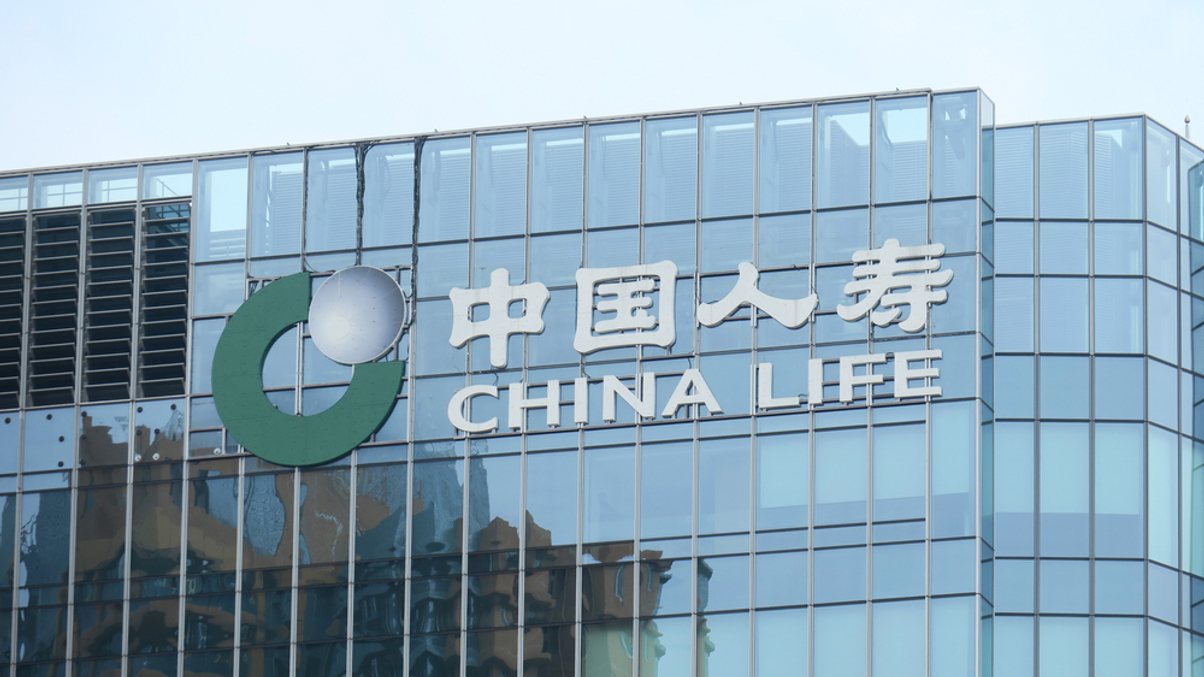China Life’s shift to government bonds pays off
While insurers have gravitated towards alternative assets in search of yield and diversification, China Life increased allocation to government bonds.

China Life Insurance posted a 15.2% rise in investment assets to Rmb4.7 trillion ($738 billion) in 2021 as it increased allocation to government bonds and sold off equity assets.
Sign In to Your Account
Access Exclusive AsianInvestor Content!
Please sign in to your subscription to unlock full access to our premium AI resources.
Free Registration & 7-Day Trial
Register now to enjoy a 7-day free trial—no registration fees required. Click the link to get started.
Note: This free trial is a one-time offer.
¬ Haymarket Media Limited. All rights reserved.


